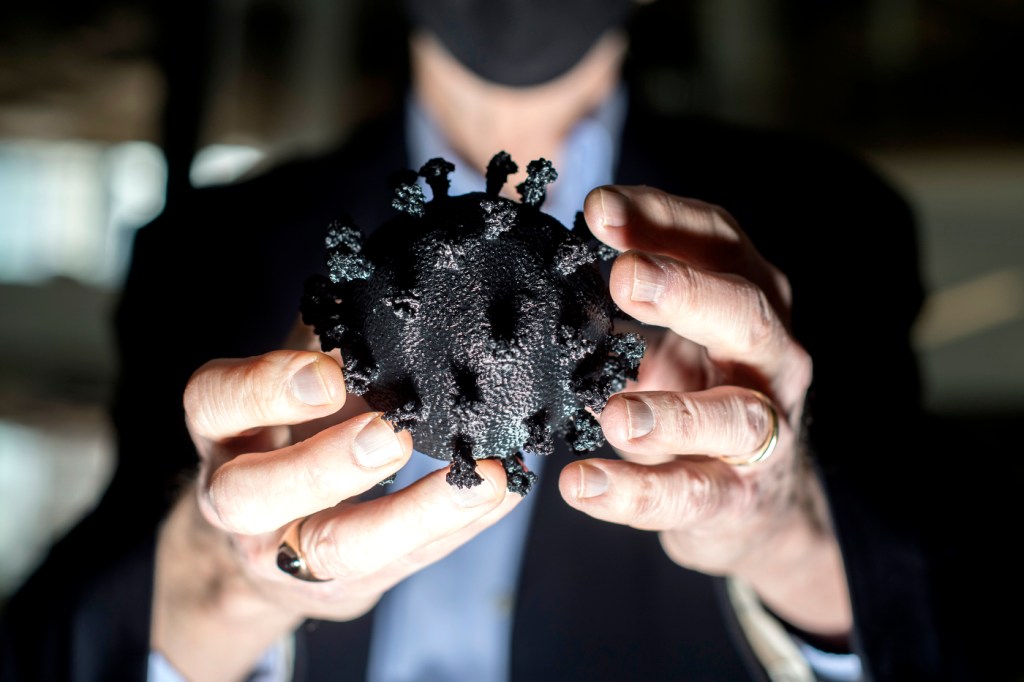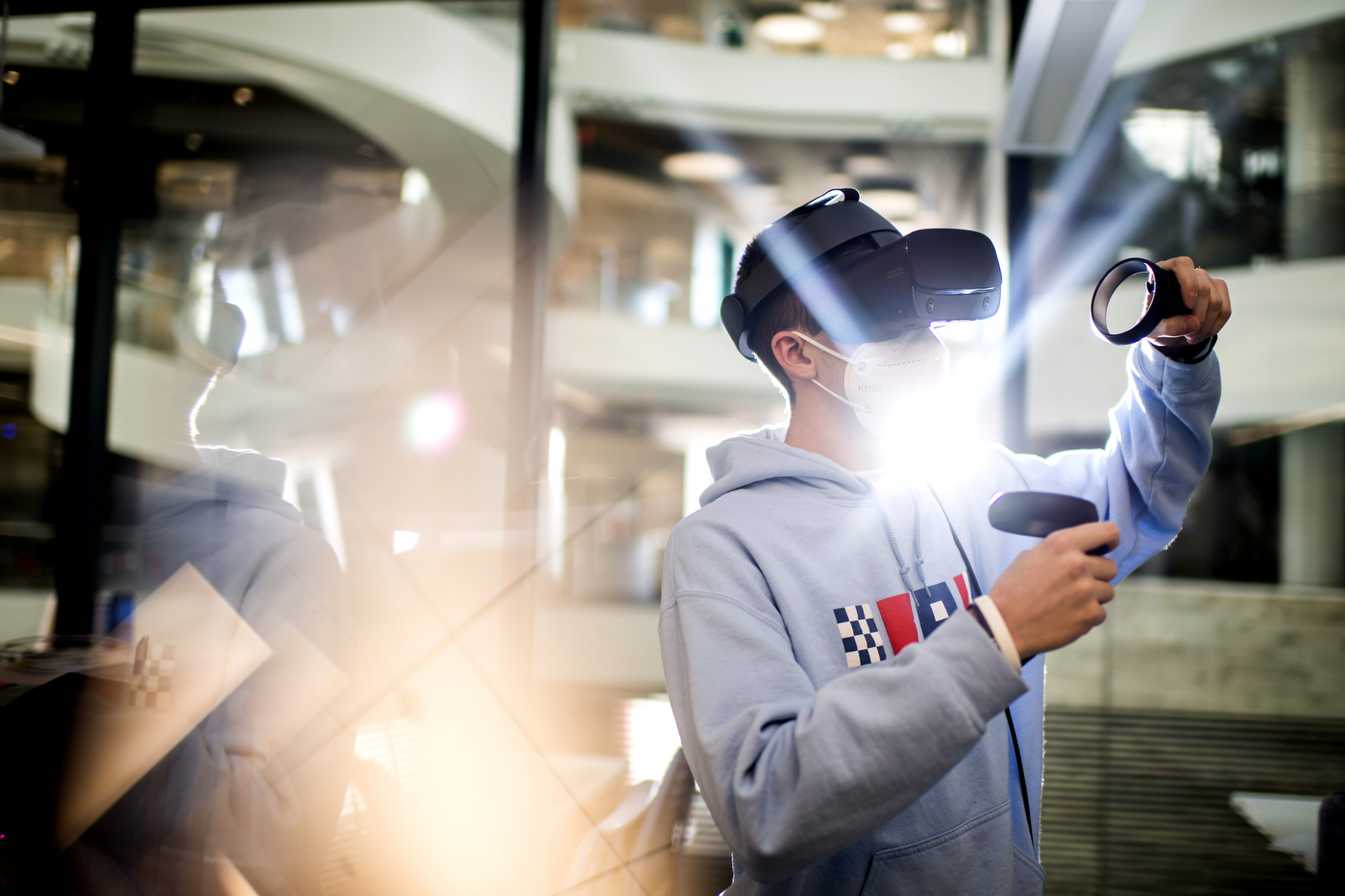COVID-19 can affect the blood. Its spike protein may be the culprit.

Early on in the pandemic, Lee Makowski read an article about the condition of people’s bodies after dying of COVID-19, and he was shocked by what he learned—there was something very wrong with the patients’ blood.
The autopsy reports revealed COVID-19 patients were suffering from huge amounts of thick, coagulated blood, and dysfunctional blood vessels were tearing through body tissue instead of repairing it—highly uncommon side effects of respiratory diseases.

Lee Makowski, chair of the bioengineering department at Northeastern. Photo by Matthew Modoono/Northeastern University
The postmortem evidence plus his own experience with something called “COVID toes”—an odd side effect of the disease that causes heightened blood vessel formation in the toes, turning them bright red—led Makowski to speculate that something about the virus might be causing abnormal blood-related complications.
“One of the most perplexing and devastating effects of this disease is the scenario where three or four weeks after being hospitalized with pneumonia, people under the age of 50 are back home, they feel fine, and then all of a sudden they have a stroke and die,” says Makowski, professor and chair of the bioengineering department at Northeastern.
Makowski, who recently published his hypothesis in the journal Viruses, believes the spike protein found on the surface of the virus might mimic proteins that regulate blood vessels and control the formation of blood clots, which could explain many of the non-respiratory complications of COVID-19.
The spike protein is an arm-like apparatus that the virus uses to attach to and enter healthy cells. At the tip of the spike protein rests a string of three amino acids called RGD. This structure is known for connecting cells to each other in the body.


Researchers don’t know yet whether RGD is the culprit for COVID-19’s blood-related complications, but they do know that RGD can contribute to the formation of blood clots and the growth of new blood vessels when it interacts with cell receptors called integrins.
“Other proteins that have RGD are known to cause complications. Our theory is that RGD is making it easier for the virus to bind to things that could cause these blood complications,” says William Olson-Sidford, a third-year bioengineering student and co-author of the paper who worked on this project as a co-op last fall.
Right now, researchers know that the virus’s spike protein binds to cell receptors called ACE2. ACE2 is found in many cell types including in the lungs, heart, blood vessels, kidneys, liver, and gastrointestinal tract.
“But our theory is that because [the virus] has an RGD, it may also be more likely to bind to other cells in the body that people aren’t thinking about,” Olson-Sidford says.
Makowski hypothesizes that dysregulated blood vessel growth—which can disrupt lung tissue—is triggered by an increase of RGD during infection.
As for COVID-19-related kidney failure, “it’s hard to know whether it’s caused by direct damage to the tissue by viral invasion or indirect damage through coagulation and blocked arteries,” Makowski says. But either way, a faulty connection between RGD and integrin could be the culprit.
Recognizing that coagulation is a major problem has greatly improved the survival rate of people who are severely sick with COVID-19, Makowski says. “Now if you end up in the ICU, you almost always get an anticoagulant, and that saves a lot of lives.”
Uncovering the cause of that coagulation is the next step. Makowski hopes his hypothesis will spur other researchers to investigate further.
For media inquiries, please contact Shannon Nargi at s.nargi@northeastern.edu or 617-373-5718.





